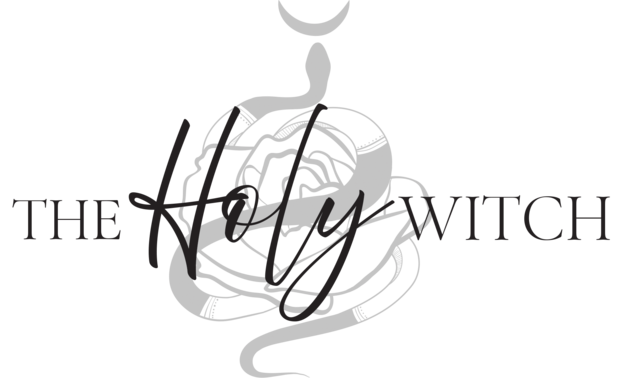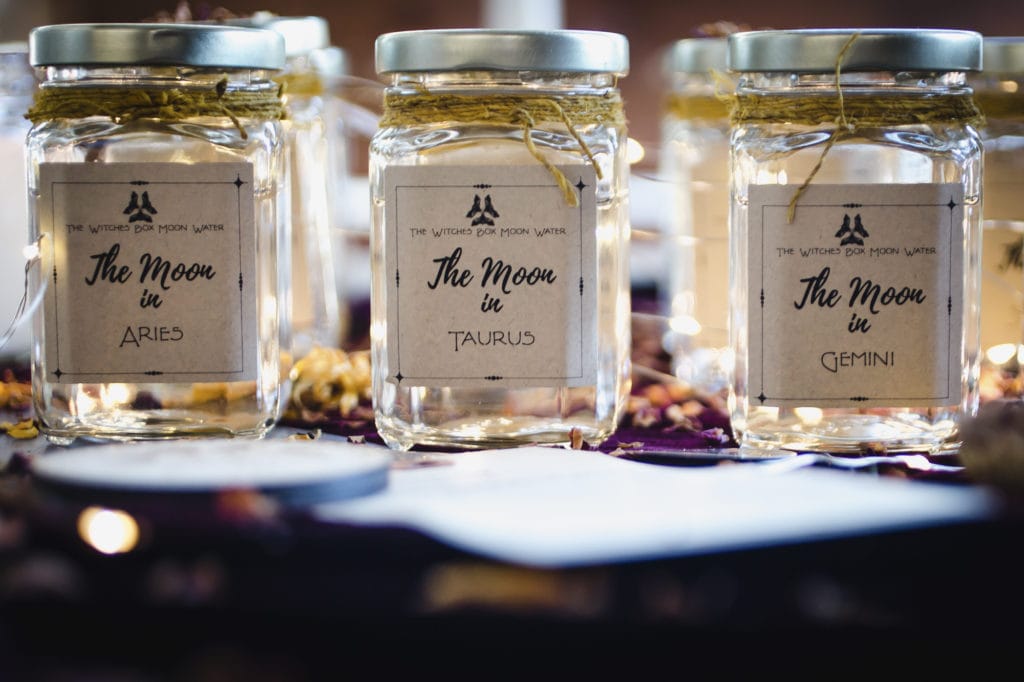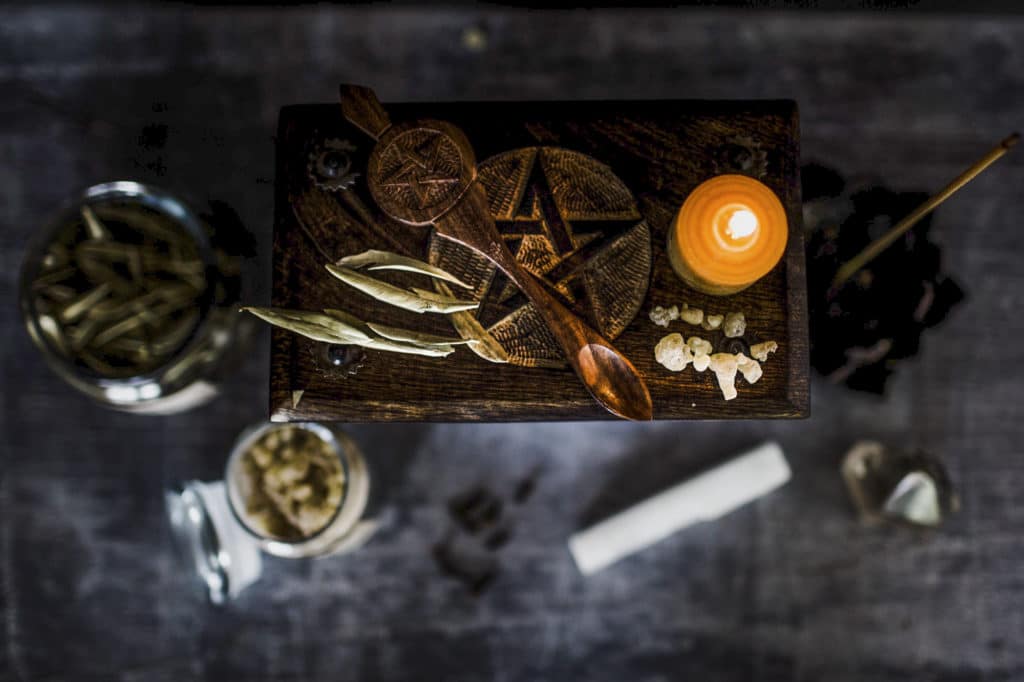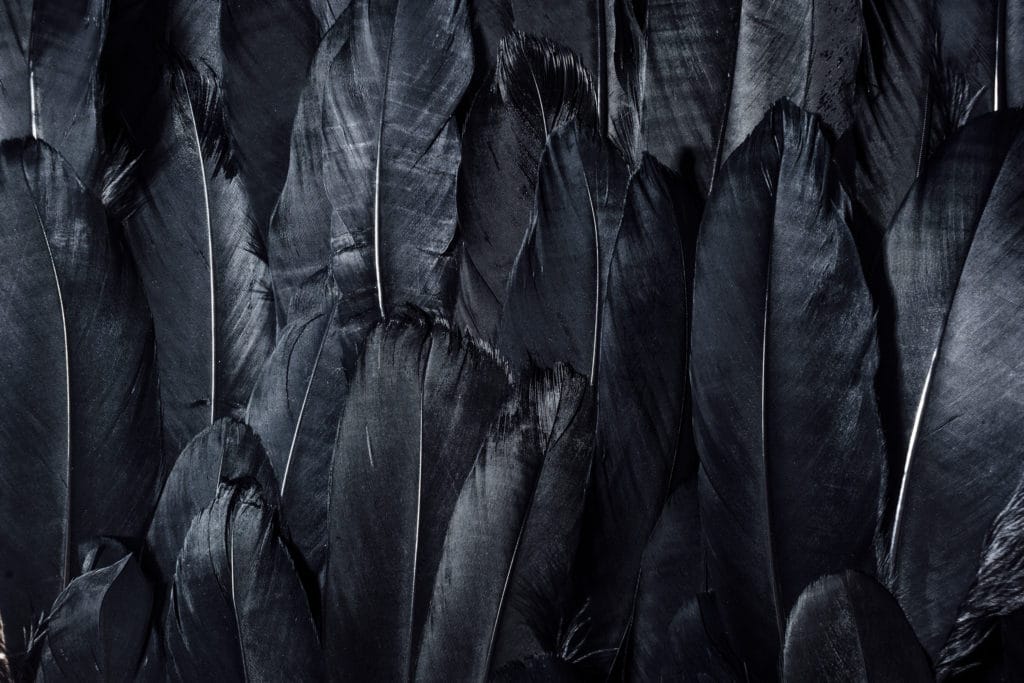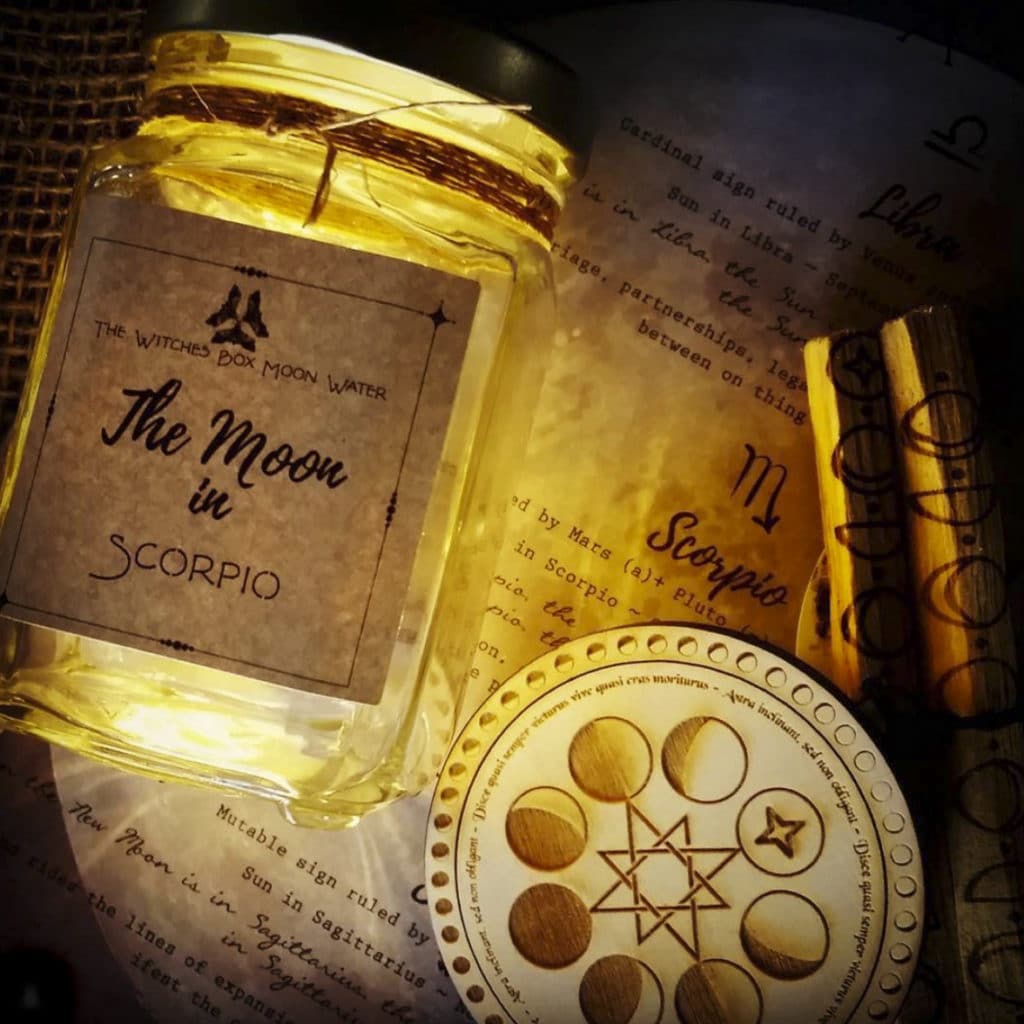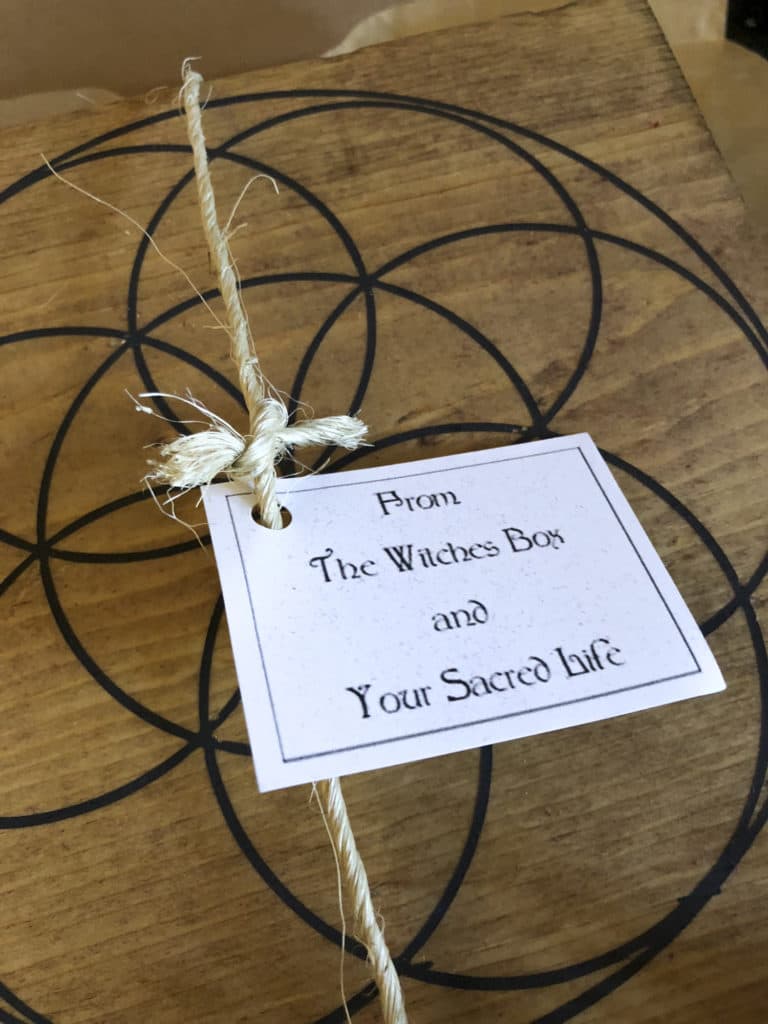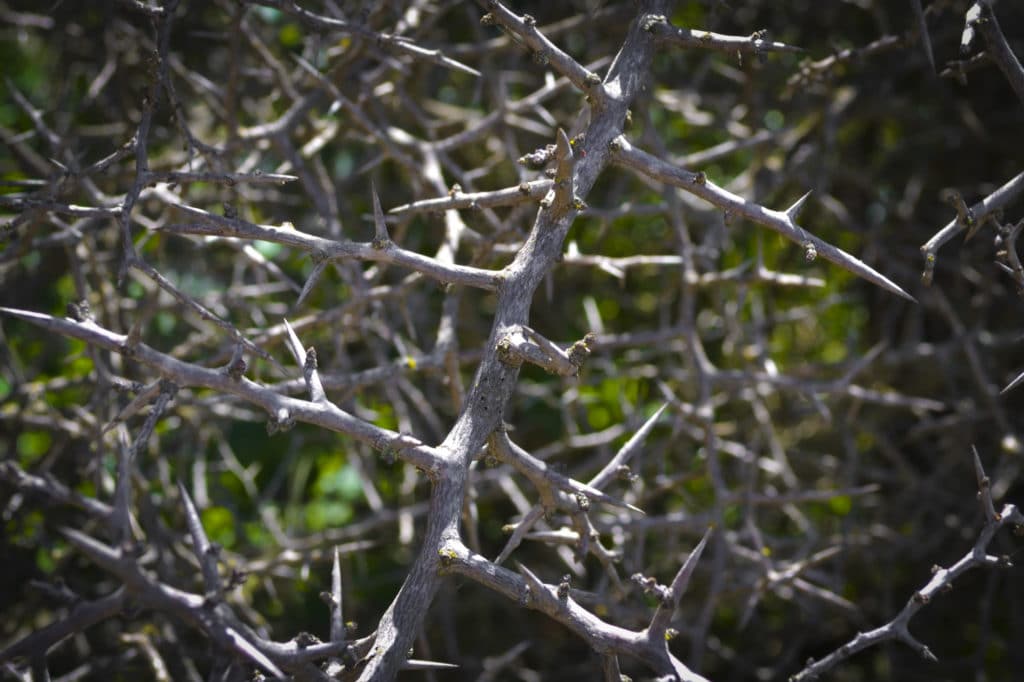Using Sacred Smoke Instead Of Smudging
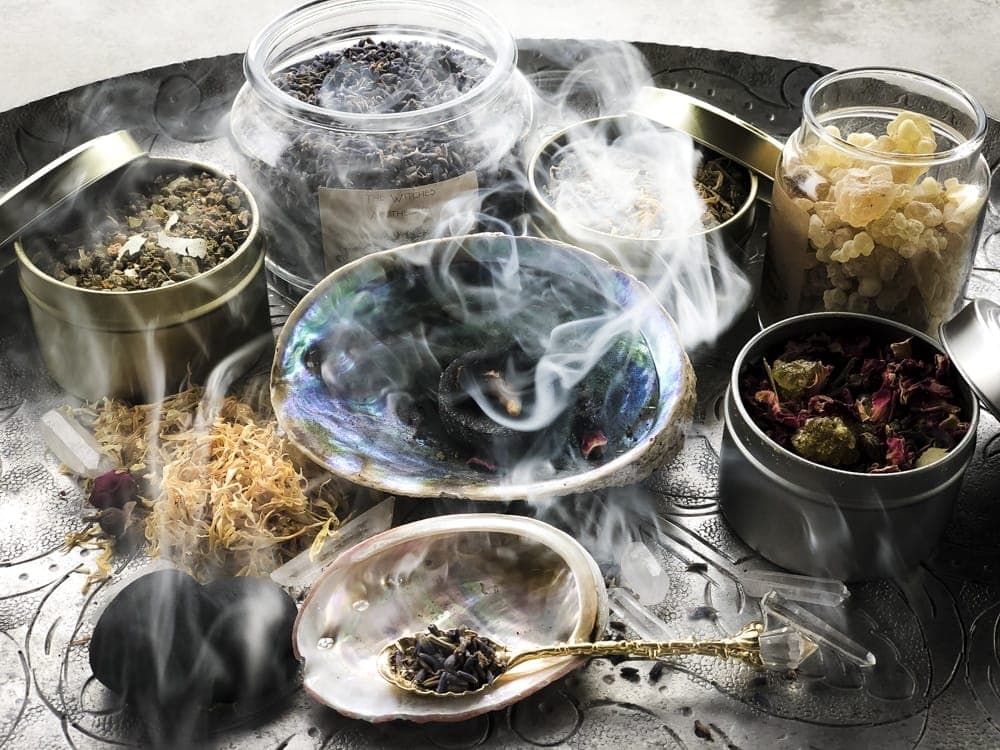
Smoke from burning herbs, woods, and resins in order to sanctify, clear or purify a space, your body or sacred tools is a practice that spans all cultures.
What is used, how it’s used and when it’s used will vary depending on the culture, context and a variety of other details only knowable by practitioners of those specific traditions, religions and cultures.
I say this first and foremost to point out that although all of us in one way or another are descendants of ancestors and cultures that used smoke as a spiritual tool, the cultural contexts are unique and create variances that we cannot afford to be ignorant of.
I also want to point out that I am not a descendant of the Native First Peoples of the Americas.
This means that although I’m familiar with the term Smudging and have actually used sage in the past and participated in Native rituals that I have been very graciously invited to participate in, I cannot speak fully to what the actual ceremony of Smudging fully entails, nor do I speak for Native First Peoples on this matter.
What I can say is that I’ve read conflicting information about the harm it causes Native First Nations people when those not of that culture or lineage take it upon themselves to use or sell components of a larger spiritual ceremony when they have no knowledge or right to do so.
And in an effort to be respectful and responsible with my own spiritual practices and how I run The Witches Box, I’ve paid attention to what is said, because I don’t want to be in a position to perpetuate oppression by appropriating something that isn’t mine to use or pass on. And I want to make sure that if I’ve crossed this line in the past, that I not do so again.
But let’s back up a bit…
Pagans, Witches And Smudging
There has been a lot of awareness brought to the amount of cultural appropriation that happens in the Witchcraft/Pagan communities.
For decades it’s been common to learn about some deeply rooted ritual or custom belonging to other cultures, particularly oppressed cultures, and taken those customs and rituals and folded them into an eclectic path.
And though the intentions were ultimately about creating spirituality that draws us closer to connection or to the divine as we conceptualize that, damage has been done.
When we take from cultures that are not only not our own, but are also systematically oppressed, we perpetuate that oppression.
And though there is some conflicting information out there as to whether or not Native Peoples actually care that others are using this custom without fully understanding it, enough have spoken out that it would behoove all of us to listen.
Why? Because if there is a community saying that something is being done in such a manner to perpetuate the wounds created a long time ago over the oppression and denial of free existence and freedom of spiritual practice, what does it say when we ignore them?
So I’ve taken some quotes from some very informative articles where actual Native American’s shared insight about this, because in truth, I really can’t speak further about this in a thorough and fully informed manner. I also encourage you to follow the links provided and read the articles in full for further learning.
The following is excerpted from “Sephora’s “Starter Witch Kit” and Spiritual Theft” by Adrienne Keene on her website Native Appropriations. Please take some time to read the post in it’s entirety HERE.
“Smudging” is a practice that is from Native North American spiritual traditions. Yes, burning herbs, resins, roots, specific woods, incense, etc as cleansing or for prayer is something shared across many spiritual traditions. Across Native communities, we use different medicines for smudging depending on where we’re from. Not all communities use or used white sage or even smudge…
Despite this diversity, the idea of “smudging” is distinctly indigenous to the Americas. White sage, the plant in question, grows in California. The plant itself is not endangered in the US-stamped-on-a-list kind of way, though many online are saying that, but what is endangered is Native peoples’ ability to access and use wild white sage in the ways that they and their ancestors have done for thousands of years. The habitats of white sage in California are threatened by development and increasing wildfires, and now wannabe “witches” and others who don’t know the proper protocols to sustainably harvest and protect the plants could do irreparable harm to an already threatened medicine.
All of this is to say: find out what your own ancestors may have burned for cleansing, and use that. Unless you’re Native, it probably wasn’t white sage. Sorry. I know you’re not used to hearing you can’t have something. But you can’t have this. Before you storm off in an entitled huff, I honestly don’t care what you do in the privacy of your own home. If you’re gifted medicines by Native folks and are taught how to properly use them, more power to you. Just don’t turn around and sell them or sell ceremonies.
What I care about is the removal of context from conversations on cultural appropriation, the erasing of the painful and violent history around suppression of Native spirituality, the ongoing struggles Native students and peoples have in practicing their beliefs, and the non-Native companies and non-Native individuals that are making money off of these histories and traditions without understanding the harm they’re enacting.
The following is an excerpt from an article written by Haley Lewis, who quotes Amy Willier in “Indigenous People Want Brands To Stop Selling Sage And Smudge Kits” in Huffington Post Canada, HERE.
Willier believes this commodification has led to non-Indigenous people co-opting aspects of Indigenous culture without understanding it.
“Native spirituality makes sense to a lot of people. But the unfortunate thing is people take a little bit of our culture, twist it into their own liking and and use it like that,” said Willier.
Smudging, she said, is much more than just the burning of sage, but that’s all it is being marketed as by retail chains.
“Smudging is ceremony, and when you’re in ceremony, all parts of your being need to be in ceremony. And it’s not something you take lightly,” said Willier.
Smudging is not just like, ‘I’m going to light this sage and have a glass of wine and all the bad spirits will get out of here.’ There’s a ceremonial way to do it,” said Willier.
Indigenous people aren’t laying claim to sage and smudging as an act — the resistance is based off of the way it’s being appropriated, and the protocols that are being disregarded.
“People are searching for meaning in their life, so we’re not saying, ‘No you can’t do it, it’s not yours to have’ ’cause smudging is a gift for everyone,” said Willier.
So What Can Non-Native Americans Do?
- Your Ancestors.
We each come from an ancestral line. All of us. There is no scarcity of information on the beliefs and traditions of just about every cultural, ancestral and racial line.
It’s a powerful process to engage and try to understand and study as much as possible about the line you come from. This exploration can lead to so much information regarding sacred plants, trees, ways to consecrate through smoke or other elements.
Personally, I come from a path that runs through Cuban Santeria and winds its way to the old Celtic traditions of the Iberian continent, way back. There is a lot to explore and learn there. Most of you have access to this level of information for yourself. - Know why you do what you do and where it comes from.
You are certainly free to Smudge and continue buying and using sage, but I’d ask you to check in with yourself as to why you do. Is it part of your spiritual tradition? Have you been taught by someone of the Native Peoples who is passing on this custom to you? Are there other herbs and substances that are more deeply in alignment with who you are and who you come from that might provide you with a deeper connection to your spiritual work? - Plant Allies.
The other thing to do is to develop intimate relationships with the herbs and plants and resins around you and in your lineage.
Smoke consecrates. There are single herbs, blends, resins and woods that you can use that are most aligned with the ancestry of your DNA. Exploring this can be an enriching exercise. Trust me.
It has been such an empowering practice to work with different herbs, developing a relationship with them and then using them to create incense for clearing, consecrating and purifying. - Communication.
And lastly, but perhaps most importantly, start having conversations with your fellow pagans, witches and members of the Native community. Seeking to understand only serves to build bridges and hopefully aids us all in healing rifts that we may be inadvertently feeding.
